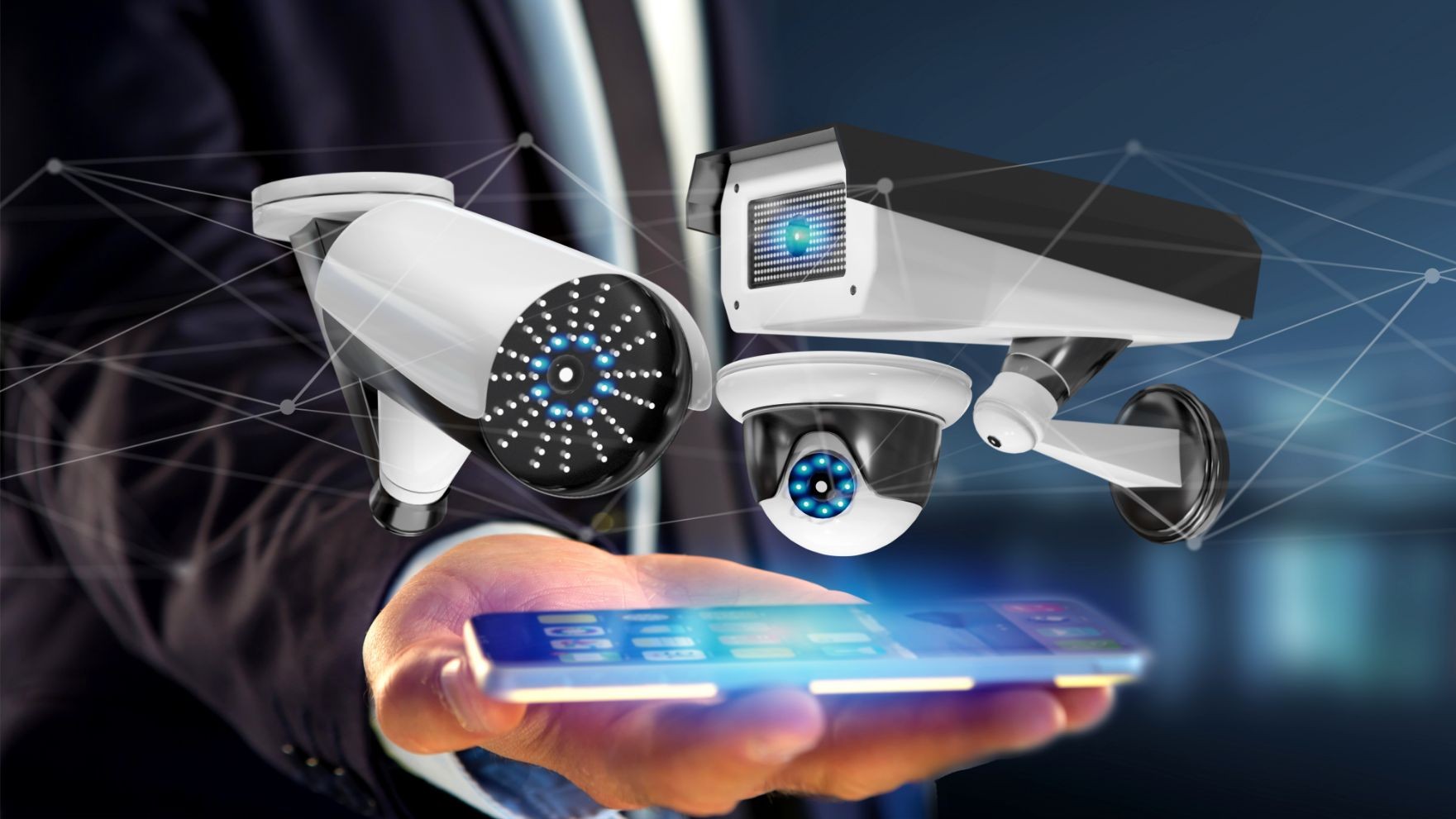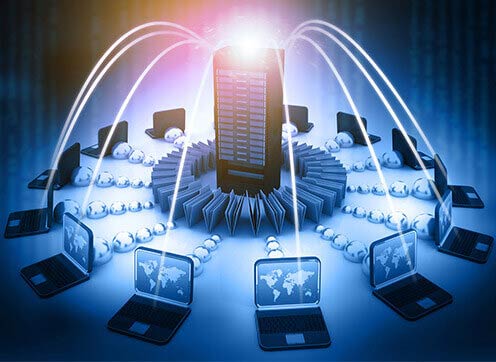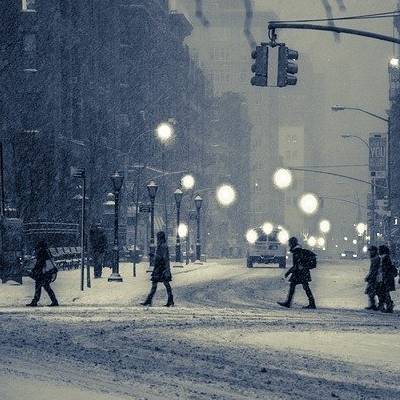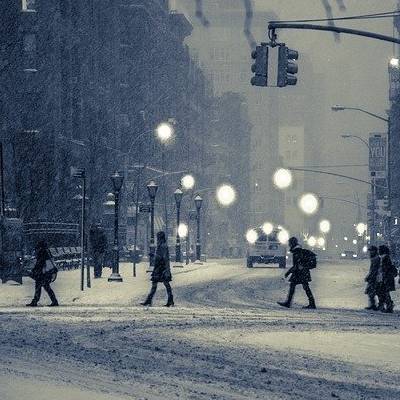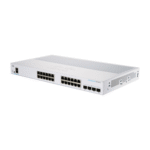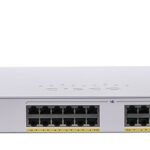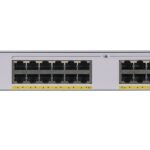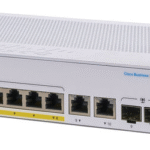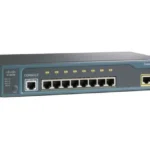How to differentiate Security and surveillance cameras?
The terms “security cameras” and “surveillance cameras” are often used interchangeably, but they serve distinct purposes. Security cameras are commonly installed in retail stores, office buildings, and similar locations to monitor consumer activity and business operations. In contrast, surveillance cameras are strategically placed in public spaces to detect and prevent criminal activities.
Security and surveillance cameras come in a variety of styles and form factors to meet diverse security needs. CCTV systems, often considered essential security tools, play a vital role in monitoring and managing situations such as traffic flow, crowd control, and overall security. They have become indispensable for businesses and organizations in these areas. Designed to provide 24/7 video surveillance, these systems cater to a wide range of security requirements. Whether you’re looking for home security solutions or planning a surveillance setup for a private environment, you can choose the option that best suits your needs.
It’s essential to recognize that different situations require different types of cameras. For instance, nanny cams and warehouse security cameras serve distinct purposes and are designed for specific applications based on their intended use.
| Security Cameras | Surveillance Cameras | |
| Function | Security cameras simply record the activity within their field of view and transmit the video to a recorder, either through digital means or wired connections, without actively interacting with or influencing the area being monitored. | Surveillance cameras are designed to monitor specific public areas, typically from a distance. They are often placed in clearly visible locations. |
| Technology | Security cameras are commonly installed in locations such as retail stores, office buildings, and parking lots. Their primary function is to monitor public activity by recording footage. | Surveillance cameras are equipped with AI technology and are designed to alert authorities in the event of criminal activity. In contrast, security cameras are simpler devices that primarily focus on recording footage without advanced features or automated alerts. |
| Application | Security cameras are primarily used to record footage that can serve as evidence in the event of criminal activity. | Surveillance cameras, on the other hand, are often installed in industrial facilities and high-density areas. They can also be integrated with smart devices, such as alarms, to take immediate action when an incident occurs. |
| Feature | Security cameras typically use a television or monitor to transmit signals and can connect either wirelessly or through various cables. Additionally, they can be configured to activate when motion or sound is detected. | Surveillance cameras transmit signals over LAN, Wi-Fi, or cellular networks when connected wirelessly, or through Power Over Ethernet (PoE), which uses a single Ethernet cable. Unlike security cameras, surveillance cameras provide continuous recording. |
| Storage | Security (CCTV) cameras transmit video data via physical cables to local storage devices, such as a television or DVR, for recording and viewing. | Surveillance (Internet Protocol) cameras use a digital signal to transmit and store data, typically on cloud storage or network servers. |
CCTV (closed-circuit television) cameras, also known as security cameras, require significant storage capacity, and in many cases, users may find themselves running out of space. It’s important to select the appropriate storage model for your CCTV security system to ensure adequate space for video recordings.
There are four main types of CCTV storage options, ranging from 6GB to 6TB, 6GB to 60GB, and 600GB to 6TB. The storage solution you choose will depend on several factors, including video resolution, recording duration, video quality, and how long you need to store the footage.
If you’re fine with low resolution and short recording durations, storage ranging from 6GB to 60GB will be sufficient. However, if you require high-resolution video quality and longer recording periods, you’ll benefit from storage options between 600GB and 6TB.
In a nutshell, security has always been a critical concern throughout history, and the need to stay vigilant is something we grow up with. This has been particularly challenging for children growing up in places like India. To ensure their safety, it’s essential to take every possible security measure. Security and surveillance cameras can be an effective part of those measures to help protect them from harm.
